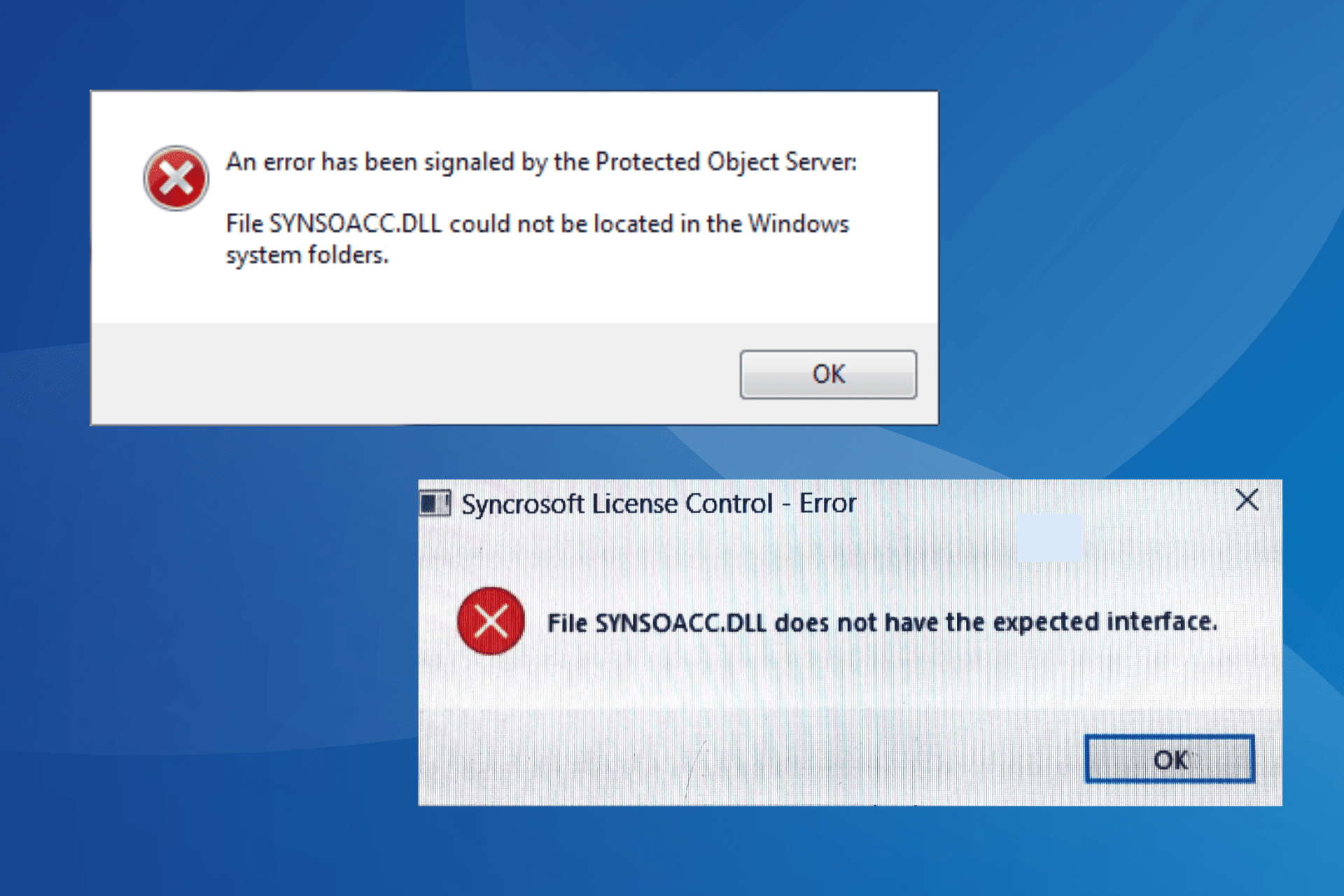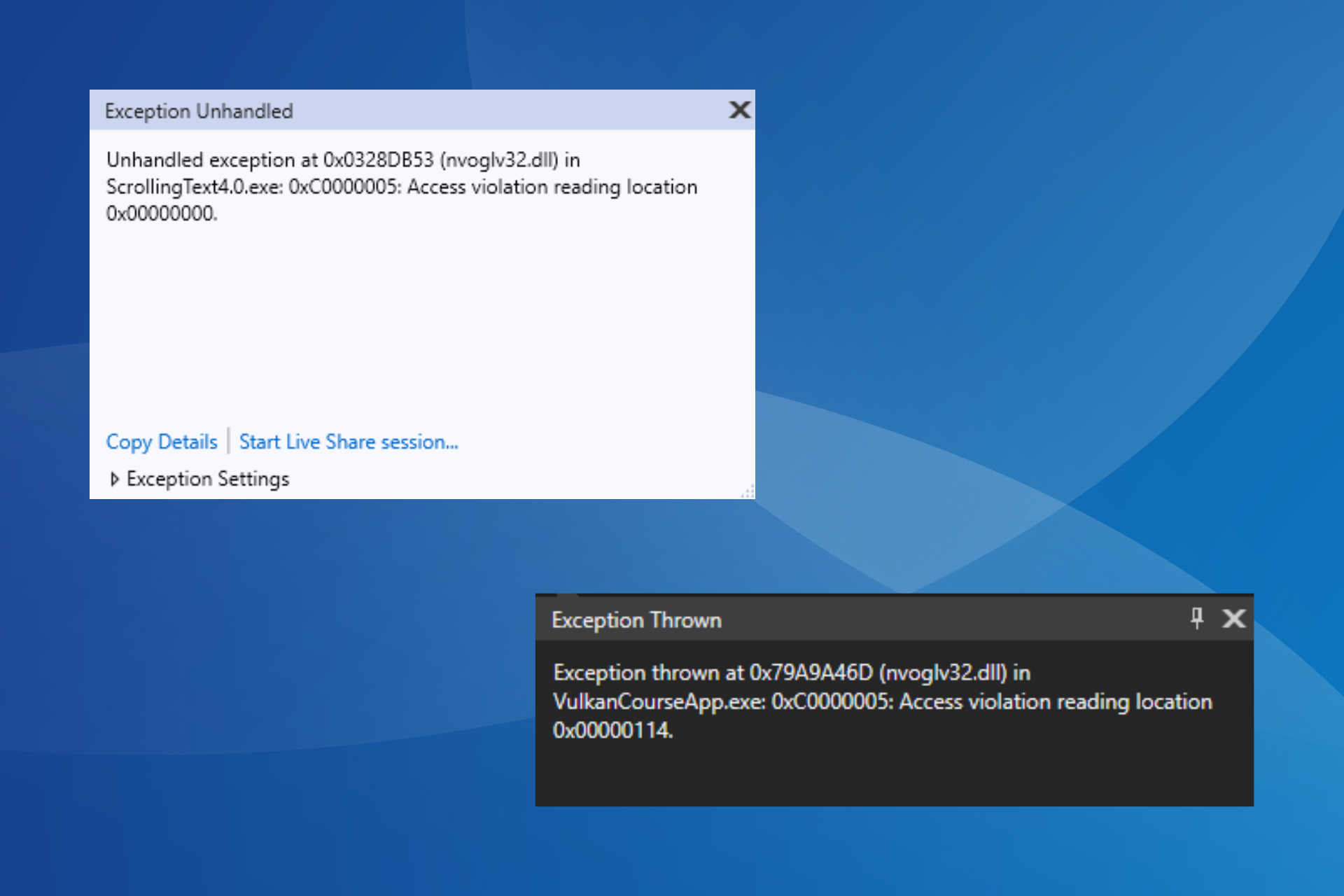Dell SupportAssist High Memory Usage: 5 Ways to Reduce it
Updating to Dell SupportAssist v4.0.3 will quickly fix the issue
3 min. read
Published on
Read our disclosure page to find out how can you help Windows Report sustain the editorial team. Read more

Dell SupportAssist is known for high memory consumption, with RAM usage often exceeding 90% and crashing the Windows PC. The problem, prevalent in v3.13 and v3.14, is generally caused by memory leakage due to the IoT connection that utilizes Microsoft Azure SDK.
But, that’s not the only reason. Frequent scans coupled with low available system resources can also trigger the Dell SupportAssist Agent‘s high memory usage!
Before you proceed to the solutions, reboot the PC, terminate the SupportAssistAgent.exe process in Task Manager, and install the latest Windows updates.
How can I fix high memory consumption by Dell SupportAssist?
1. Upgrade to Dell SupportAssist v4.0.3
Dell acknowledged the memory leak in SupportAssist Agent and released a patch for it in v4.0.3 in May’24. After updating the software, instances of high CPU or memory usage have significantly come down.
When you open Dell SupportAssist, a prompt will come up informing you that a newer version is already available. Simply follow the on-screen instructions to install Dell SupportAssist v4.0.3, and you are good to go!
2. Disable automatic system scans
- Launch Dell SupportAssist, go to the Settings tab, and click on Scans and optimizations.
- Untick the checkboxes for Check for software updates, Scan hardware for issues, and Test system performance.
- Reboot the PC and check for improvements.
In some cases, Dell SupportAssist’s high RAM usage was caused by frequent hardware scans and checks for software updates in the background. So, to lower the memory consumption, you can always disable all three!
3. Disable the Dell SupportAssist service
- Press Windows + R to open Run, type services.msc in the text field, and hit Enter.
- Scroll down, right-click on the Dell SupportAssist service, and select Properties.
- Select Disabled from the Startup type dropdown menu, and click on Stop under Service status.
- Click on Apply and OK to save the changes.
- Finally, reboot the PC and check for improvements.
4. Remove Dell SupportAssist from startup apps
- Press Ctrl + Shift + Esc to open the Task Manager, and go to the Startup apps tab.
- If the Status column next to Dell SupportAssist reads Enabled, select the software, and click on Disable.
- Reboot the computer to apply the changes.
If high memory usage by Dell SupportAssist starts as soon you turn on the PC, it’s likely configured to launch at startup. So, you will need to reconfigure the startup apps and remove Dell SupportAssist from the list.
5. Uninstall Dell SupportAssist
- Press Windows + R to open Run, type appwiz.cpl in the text field, and hit Enter.
- Select Dell SupportAssist from the list and click on Uninstall.
- Follow the on-screen instructions to complete the process.
- Similarly, remove any other apps related to Dell SupportAssist and restart the PC.
When nothing else helps with the high memory usage, the last option is to remove Dell SupportAssist. If a quick removal doesn’t work, use a top-rated software uninstaller to delete the leftover files and Registry entries and wipe all traces of the program!
Remember, Dell SupportAssist doesn’t provide any extraordinary capabilities. Functions like malware scan, driver update, performance optimization, and network boost are already available in Windows. So, you don’t miss out on much by uninstalling the software.
If you still wish to use a similar program, discover the top-rated Dell SupportAssist alternatives and get one today!
For any queries or to share which fix worked for you, drop a comment below.














User forum
0 messages